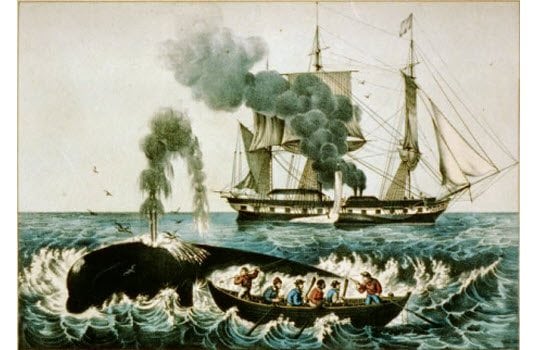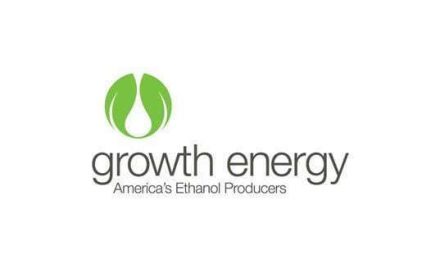By Alan H. Levine
I began my business as a commodities futures broker around 1983. My first customer was a gasoline distributor in Chicago. I was invited to visit him.
To my best recollection, I landed at Midway, was picked up and driven to the company headquarters which were on the Chicago River. The company had been around since the 1860’s or so. It was in the eighth generation of family ownership.
The owners were proud of this heritage and had developed a small museum with relics of the company over the years. A short walk down memory lane reminded me of an oil industry even then in the throes of change. There was a gasoline pump with a glass globe advertising Esso. Tire pressure was maintained by an Eco Air Meter Tireflator. Re-refined motor oil was displayed in bottles with metal spouts. And who could forget Pegasus, Mobil’s Flying Red Horse?
The museum was housed in a small building, little more than a hut, but a very well maintained hut. It had been painted in the original colors of the company and listed the company’s products. On the side of the building was painted the company name and the products it sold in the 1800’s. The sign said, “Kerosene, Coal, Whale Oil.” This was a company that had survived many changes in the energy industry and had changed with the times.
Imagine a mere 150 years ago, we relied on animal products for so many industrial uses! Peter Alter, Archivist with the Chicago History Museum, showed me an 1859 city directory that listed offerings of A.E. Goodrich, 154 and 156 South Water Street. Goodrich sold “Pure Sperm Oil … Pure Straits Oil, Elephant Oil … No.1 Lard Oil and Neat’s Foot Oil.”
Today, we are entering a post-hydrocarbon age, using less crude oil and turning to waste grasses and renewable/solar power. It’s a testament to human ingenuity in the face of resource stringency
I remember thinking in 1983, how impressive it was that a single company could persevere through three distinct eras of energy supply. Today, heating oil dealers in particular are facing a similar dilemma with competition from natural gas. I use this story as a way to remind my heating oil dealers that they can adapt and survive.
The oil-heating industry has had a tough go. In 1980, 20 percent of US homes used oil as their primary source of heat; by 2009, that was down to 6 percent, according to the latest survey from the Energy Information Administration (EIA). The consolidation means that only in the Northeast, where gas mains are less common, does the industry retain any significant customer base, and even that is eroding. Many of our customers have diversified; some to natural gas, some to propane and some to renewables.
My personal experience has paralleled that of my customers. When I started as a broker, there were only two futures contracts for hedging: Heating Oil and WTI Crude Oil. Today, there are more than six hundred hedge instruments available to the industry. Energy futures are now available in biofuels, electricity, emissions and petrochemicals, among others.
My company, Powerhouse has been advising hedgers for thirty years. I expect to be offering our services for many more years. My customers have weathered many changes in the energy business. I expect them to weather many more. And if there is ever a call for a futures contract in Whale Oil, I’m sure we’ll be available to offer guidance there too.
By the way, I’ve lost contact information for that first customer. Its location on the Chicago River and its proud assertion of the sale of whale oil were memorable. I imagine that someone at the Illinois Petroleum Marketers Association might remember this building, but I don’t know whom to ask. What I’m looking for is the name of the company and whether it is still in business.
 Alan H. Levine is CEO of Powerhouse, a company offering the Power of Price Protection. Alan has served the energy industries since 1969 and focused on hedging and price risk management since 1977. He can be reached at [email protected] and (202) 333-5380.
Alan H. Levine is CEO of Powerhouse, a company offering the Power of Price Protection. Alan has served the energy industries since 1969 and focused on hedging and price risk management since 1977. He can be reached at [email protected] and (202) 333-5380.









